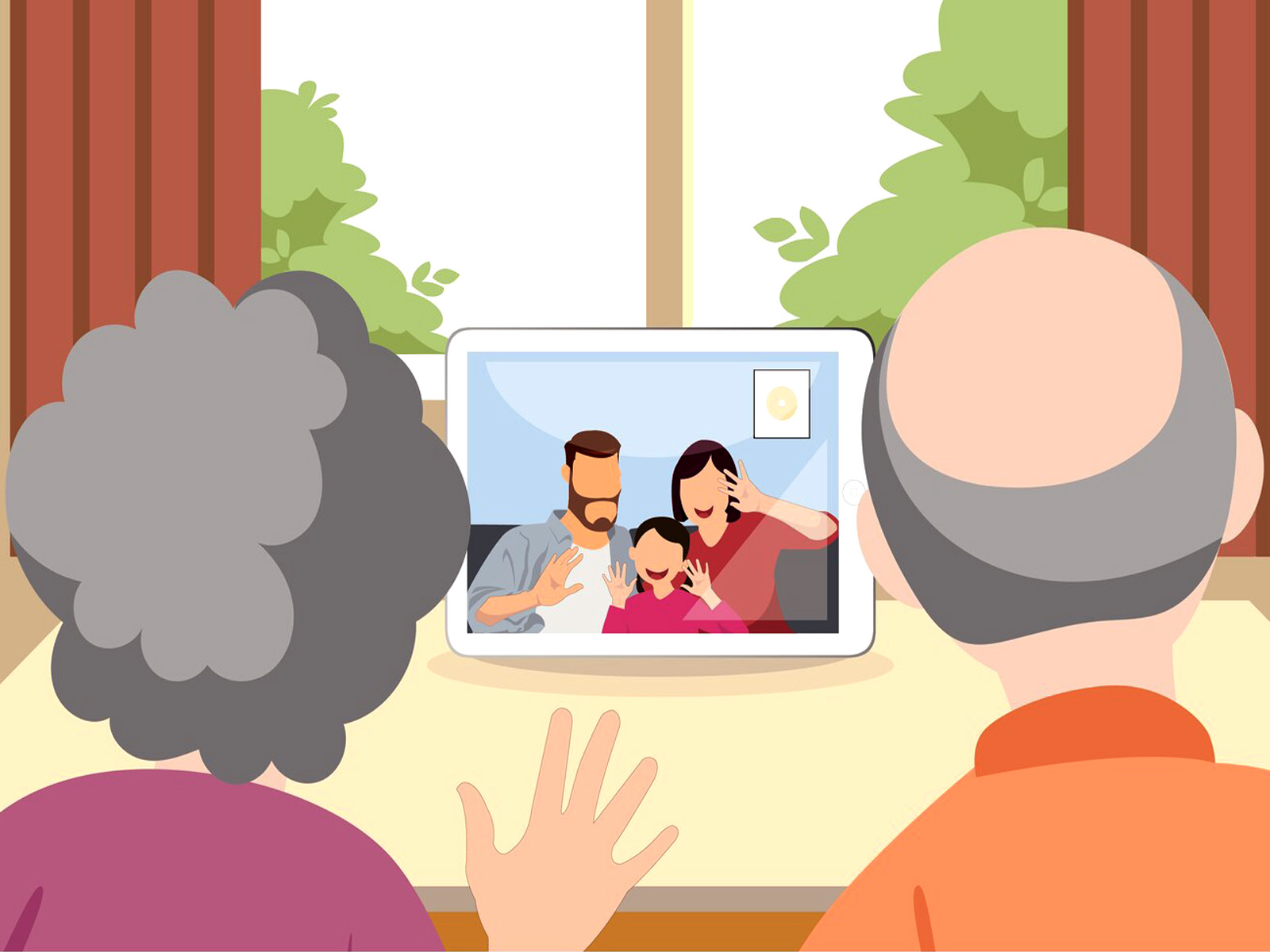Health is the key determinant in establishing levels of care. The accompanying table may be useful in helping you determine what stage your relative is at, and offers some suggestions for the type of care they may need. (Thanks and credit to Barbara Carter.) Here are some things to consider.
Stages 1: Active Lifestyle
Stage 1 is fairly clear-cut when it comes to your role. The good news: while your parents are fit, healthy and independent, they do not need or want your help. That doesn’t mean don’t call and visit regularly or start helping out with the yard work.) They are still able to care for themselves. Perhaps the pace at which they’re going is not quite as swift, but they can manage day-to-day housing, shopping and financial tasks. Be mindful that a critical event, such as stroke or the death of a spouse, however, could change the care situation overnight. The more help you can provide with the major physical tasks around the house, the less risk there is of falls or accidents. Try to “fall proof” the house as a preventive measure. (See our chapter on household safety)
Stage 2: Stable Lifestyle
The middle stages are the areas where adult children have the most difficulty. Here, we find ourselves second-guessing, looking for help and support and trying to juggle to ensure that our parents receive whatever they need on an uncertain schedule. Often, we shift between the job of caregiver to being a son or daughter and back again. The lines of responsibility are fuzzy.
In stage 2 (stable lifestyle), your elder may be in their late 70s or early 80s, and perhaps has recently lost a spouse and is living alone. They seem to be managing, but you notice that you’re starting to get calls at work just to talk, and regular requests to help with things outside the home like driving them to appointments, grocery shopping, helping with finances (these have been coined “instrumental aids to daily living” by researchers at McMaster university).
At this stage you might want to start considering what’s called “homemaking” support that includes laundry, meal preparation, chores, and running errands. Many of our parents will continue to live fulfilling independent lives and not move beyond the stage 2 level of care. Make sure you are cautious, attentive and aware of next steps, as you need to be prepared for change at any time.
Stage 3: Limited Lifestyle
Your elder may be in their mid to late 80s and have just experienced a serious medical setback such as a fall, a minor stroke, or a diagnosis of early Alzheimer’s. You may find they need your attention and may be more forgetful. During this stage the care delivery is of a more personal nature. Activities of daily living involve more hands-on care, and include such things as dressing, toileting and helping with medications. While many children will willingly help with household tasks, they may not be as comfortable with personal or medical care. Often this type of care is delivered by the spouse or health professionals.
Stage 4: Restricted Lifestyle
In Stage 4, nursing home or long-term care is likely what’s needed. Some families choose to provide this care in the home with private nursing or round-the-clock family care, but this is often not sustainable for an extended period. At times, ill relatives are cared for in hospital or, if their situation is chronic but stable, in a long-term care facility.
(At this point in time the elder is likely very frail, may be mentally incapable and in need of full time, day and night care.)
In Canada, long-term care is regulated through federal and provincial programs and is offered in a private and not-for-profit setting. If you are the primary person responsible for care, you would now have advocacy and power of attorney in your role.
| The Four Stages Of Care | ||||
| Stage 1 | Stage 2 | Stage 3 | Stage 4 | |
| Independence | Very independent | Somewhat independent | Somewhat dependent | Totally dependent |
| Lifestyle | Active | Stable | Limited | Restricted |
| Health | Good | Fair | Frail | Poor |
| Housing | Own home/apartment | Own home/apartment with help | Seniors or retirement housing | Hospital |
| Triggers To Move To Next Stage | Calling you at work
Lonely Restricted mobility Life-altering event |
More forgetful
Serious medical diagnosis Lonely Unable to be alone and safe |
Unable to walk, talk
Serious medical condition Unable to eat, bathe independently Loss of support system |
|
| Caregiver | Self | Spouse/family/close neighbors or friends
Home care worker, visiting nurses, care agencies |
Physiotherapist (PT), occupational therapist (OT) | PT, OT plus nurses, doctors |
| Care Delivery | Rare | Weekly / As needed | A few hours daily | 24 hours day |
| Care Activities | None | Help needed with:
Laundry Transportation Home maintenance Meal preparations Shopping Household chores Mobility inside and outside home |
Stage 2 plus help with:
Dressing Personal hygiene Toileting Eating Medication use |
Total Patient Care
Medical In long-term care Environment Palliative Hospice |
| Other Help
Helping with money management Arranging community services Completing forms Providing financial assistance Dealing with serious memory problems Dealing with mood swings due to mental changes Help in a crisis |
||||












